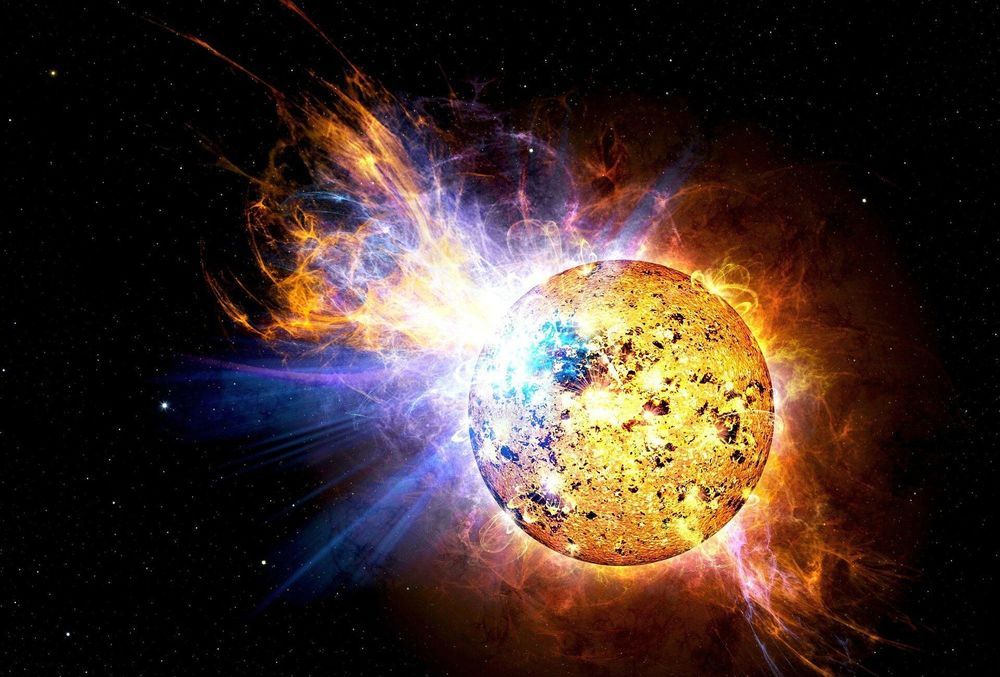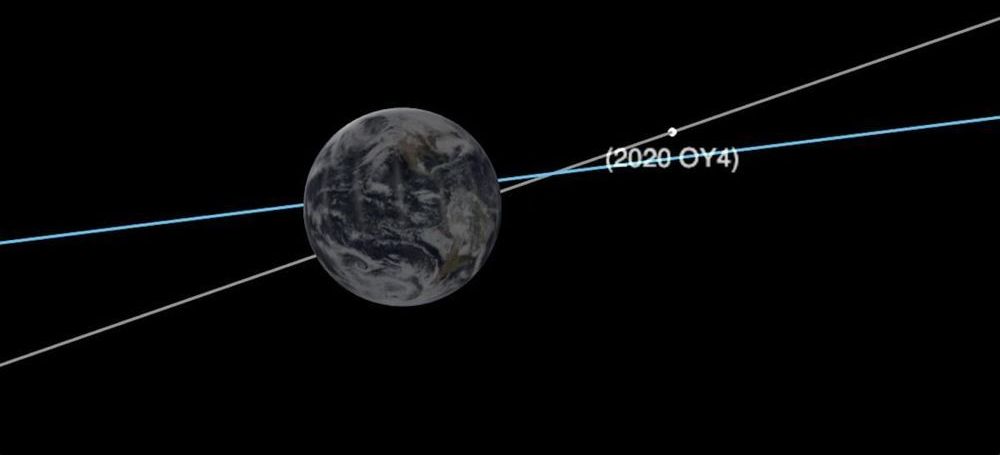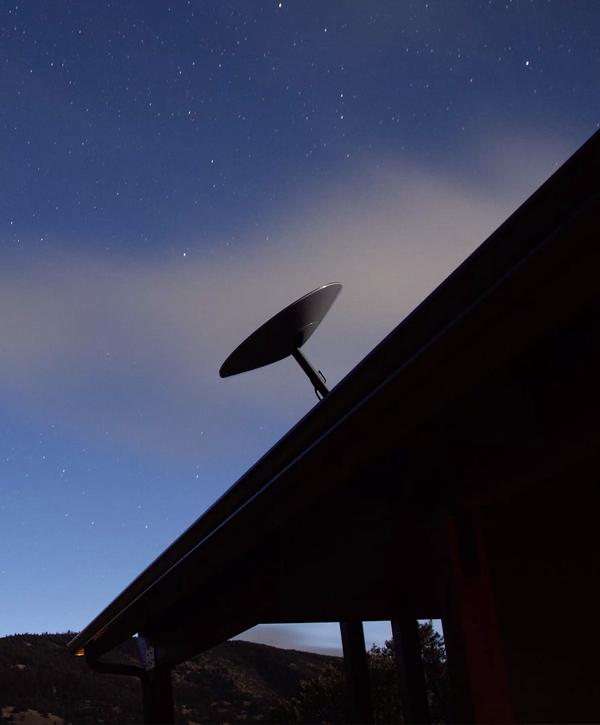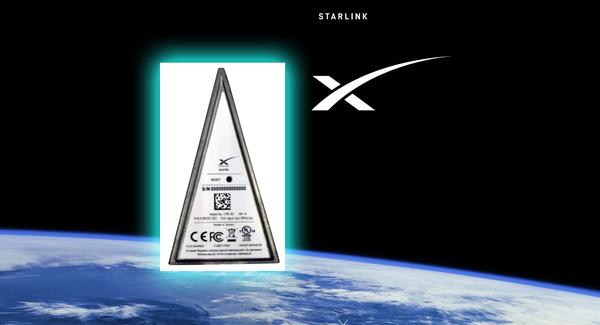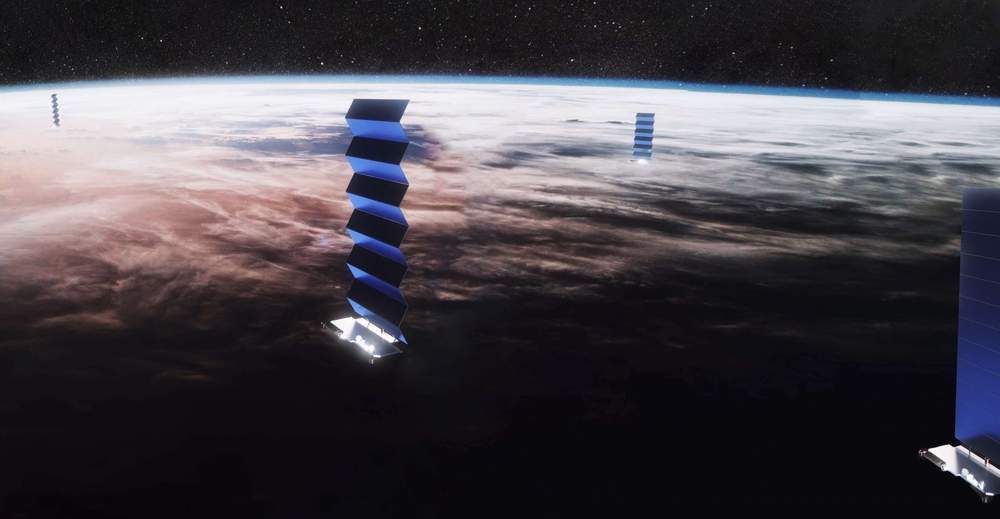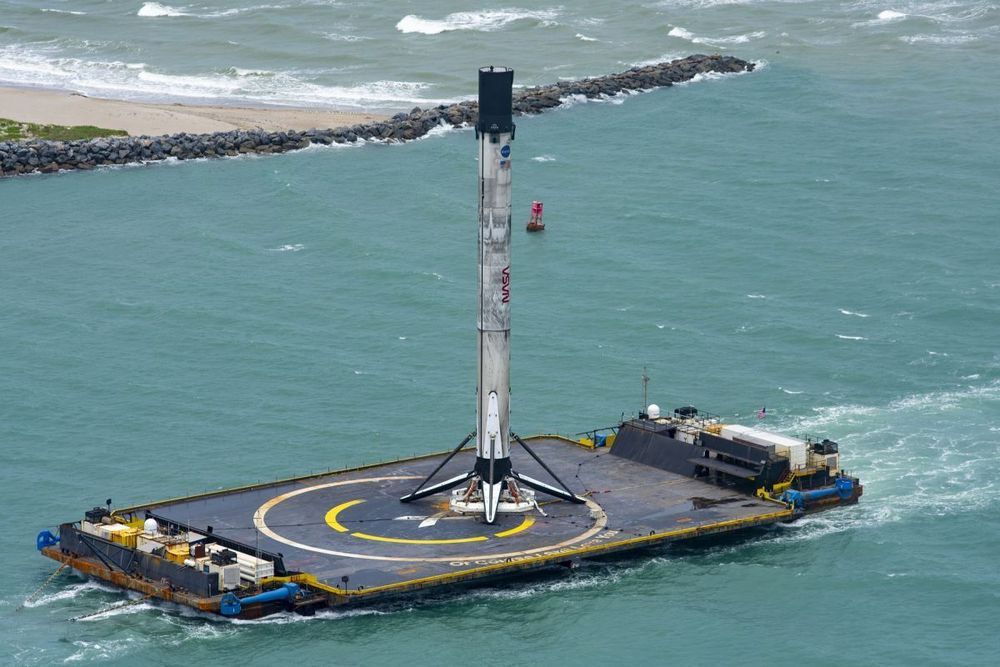A recently deployed DARPA CubeSat seeks to demonstrate technology that could improve imaging of distant objects in space and allow powerful space telescopes to fit into small satellites. DARPA’s Deformable Mirror (DeMi) CubeSat deployed from the International Space Station July 13, beginning the technology demonstration of a miniature space telescope with a small deformable mirror called a microelectromechanical systems (MEMS) mirror.
DeMi made first contact about a week following launch, demonstrating the expected power from its solar arrays, as well as correct spacecraft pointing and stable temperatures. The team will focus on payload checkout over the coming days.
Deformable mirrors can adjust the shape of their reflective surfaces to correct for the effects of temperature and mechanical changes on a space telescope, improving image quality. The experiment will measure how well a MEMS deformable mirror performs in space, from the rocket launch through its time in orbit experiencing the thermal and radiation environment.




